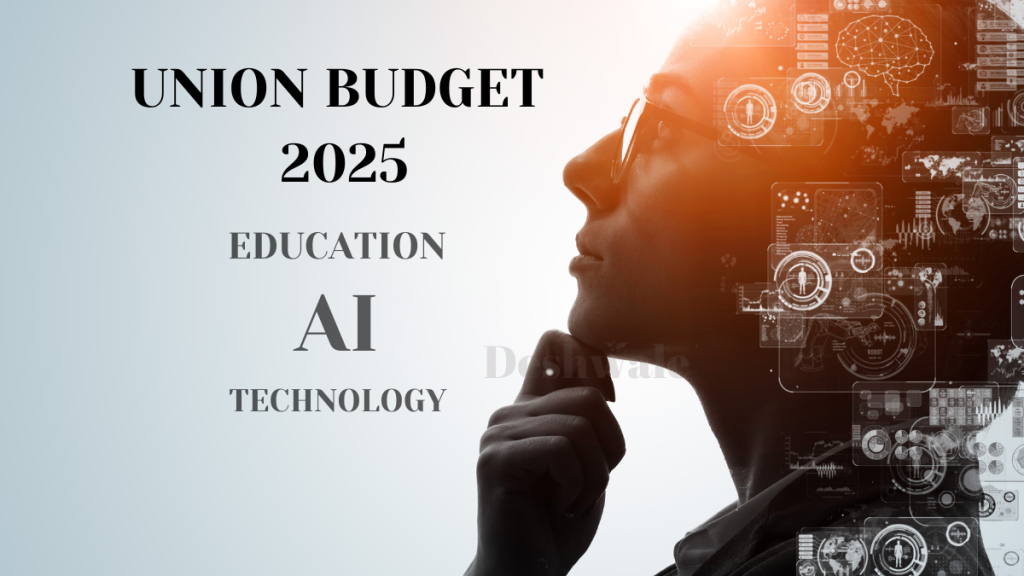In a significant push towards skill development, technological innovation, and education, Union Finance Minister Nirmala Sitharaman announced several transformative initiatives during her Union Budget 2025-26 speech. These measures aim to equip India’s youth with future-ready skills, promote artificial intelligence (AI) research, and expand the capacity of premier educational institutions. Here’s a detailed look at the key announcements:
1. Five National Centres of Excellence for Skilling
To address the growing demand for skilled professionals in emerging sectors, the government will establish five National Centres of Excellence (NCoEs) for Skilling. These centres will focus on advanced technologies, including artificial intelligence, robotics, and data analytics, ensuring that India’s workforce remains competitive in the global market.
The NCoEs will collaborate with industry leaders to design cutting-edge training programmes, bridging the gap between academia and industry. This initiative is expected to create a skilled talent pool, boost employability, and support India’s vision of becoming a global hub for innovation and technology.
2. Centres of Excellence in Artificial Intelligence
Recognising the transformative potential of AI, the budget announced the establishment of three Centres of Excellence in Artificial Intelligence. These centres will focus on research, development, and application of AI in critical sectors such as healthcare, agriculture, and sustainable energy.
The AI centres will be set up in collaboration with leading academic institutions and private sector players, fostering innovation and entrepreneurship. This move aligns with the government’s goal of leveraging AI to drive economic growth, improve public services, and address societal challenges.
3. Expansion of IITs: Boosting Technical Education
To meet the increasing demand for quality technical education, the budget announced the expansion of five Indian Institutes of Technology (IITs), including IIT Patna. The initiative will add 6,500 new seats across these institutions, providing more opportunities for students to pursue engineering and technology education.
The expansion will also include the development of state-of-the-art infrastructure, research facilities, and innovation hubs, ensuring that IITs remain at the forefront of technical education and research. This move is expected to strengthen India’s position as a global leader in science and technology.
4. Focus on Emerging Technologies
The budget emphasised the importance of emerging technologies such as AI, robotics, and blockchain in driving India’s economic growth. In addition to the Centres of Excellence, the government will launch skill development programmes tailored to these sectors, ensuring that India’s youth are equipped to thrive in the digital economy.
These initiatives will also support startups and small businesses by providing access to advanced technologies and skilled talent, fostering innovation and job creation.
5. Strengthening the Education Ecosystem
The budget reaffirmed the government’s commitment to strengthening India’s education ecosystem. In addition to the expansion of IITs, the government will invest in teacher training programmes, digital infrastructure, and research grants to enhance the quality of education at all levels.
The focus on education and skilling is expected to create a robust pipeline of talent, driving India’s transition to a knowledge-based economy.
Impact and Way Forward
The Union Budget 2025-26’s focus on skilling, AI, and education reflects the government’s vision of building a future-ready India. By investing in advanced technologies, expanding educational infrastructure, and promoting skill development, these initiatives aim to empower India’s youth, drive innovation, and create sustainable economic growth.
As these measures are implemented, they are expected to transform India’s education and skilling landscape, ensuring that the country remains competitive in the global economy. The budget’s emphasis on collaboration between academia, industry, and government sets the stage for a brighter, more inclusive future.


